The Real Deal on Green Fruits: A Pro’s Guide to Picking, Storing, and Actually Using Them
I’ve spent years working with food, from the chaos of restaurant kitchens to consulting for grocery suppliers. And if there’s one thing I’ve learned, it’s this: knowing your ingredients is the secret sauce. It’s not about owning a fancy blender or following some celebrity chef’s complicated recipe. It’s about understanding the food in your hand.
In this article
And green fruits are the perfect place to start. Their color tells a story—it can scream tartness, like in a classic green apple, or whisper about the starchy potential of a green banana. My goal here is to give you the insider knowledge, the stuff pros use to choose the best produce, keep it fresh, and use it in ways that are actually delicious and good for you. Let’s get into it.
The Ground Rules: What to Know Before You Even Shop
Before we dive into specific fruits, let’s cover a few key principles. Honestly, getting these right is what separates a good home cook from a great one, and it’ll save you a ton of money by preventing food waste.
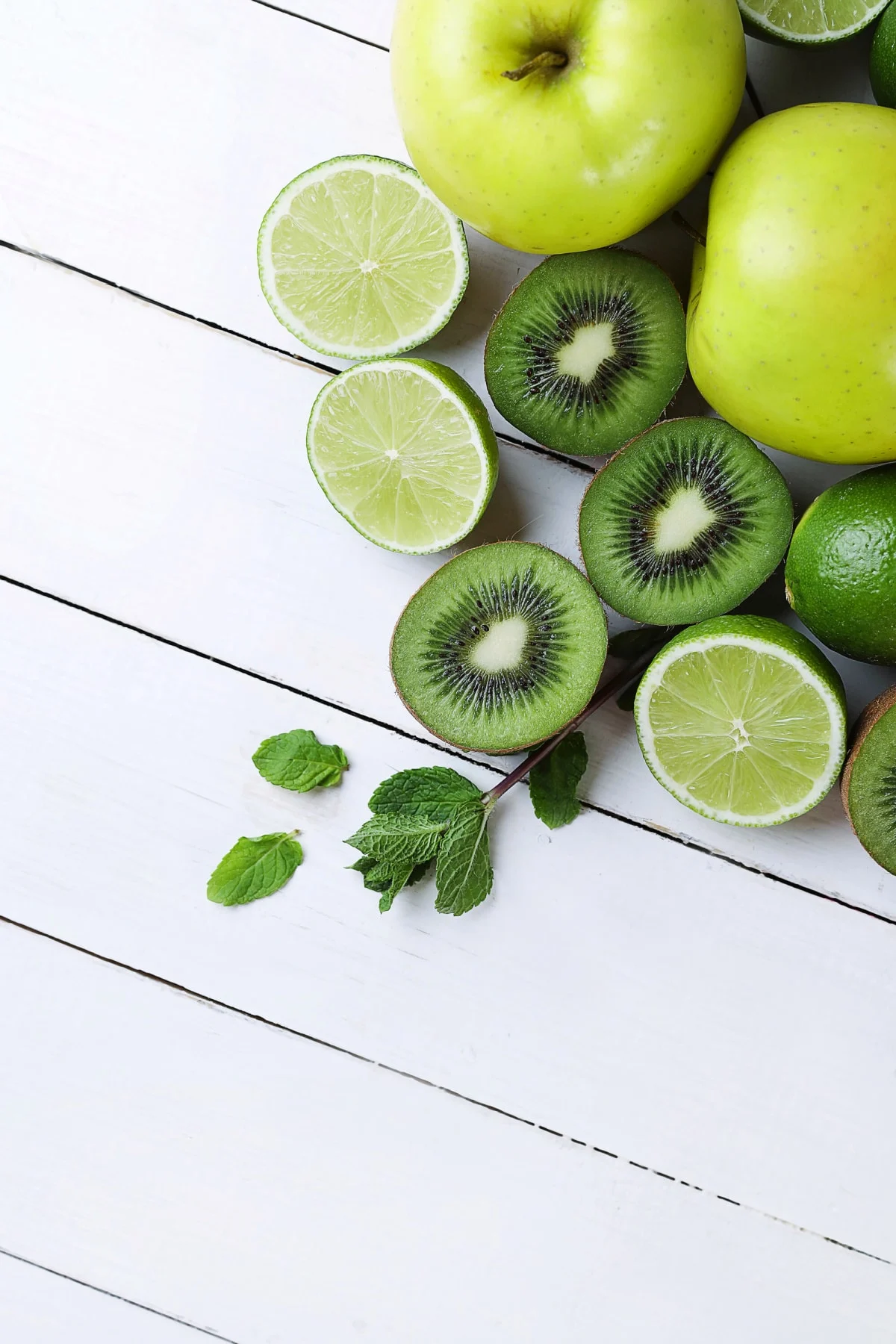
Ripeness Isn’t Magic, It’s Science
A lot of fruit, especially things like avocados and pears, are picked before they’re ripe so they can survive the journey to the store. During ripening, starches convert into simple sugars, which is why a firm, starchy green banana magically becomes a sweet, soft yellow one. An enzyme handles this, while another substance called pectin, which keeps the fruit’s walls firm, starts to break down. This is what makes it get soft.
The cool part? You can control this process.
To speed things up: Pop your fruit in a paper bag. This traps the natural ethylene gas that fruit releases, basically telling itself to ripen faster. For a real turbo-boost, add an apple or banana to the bag—they’re super-producers of ethylene.
To slow things down: The refrigerator is your best friend (for most, but not all, fruits). The cold puts the brakes on the whole ripening process.
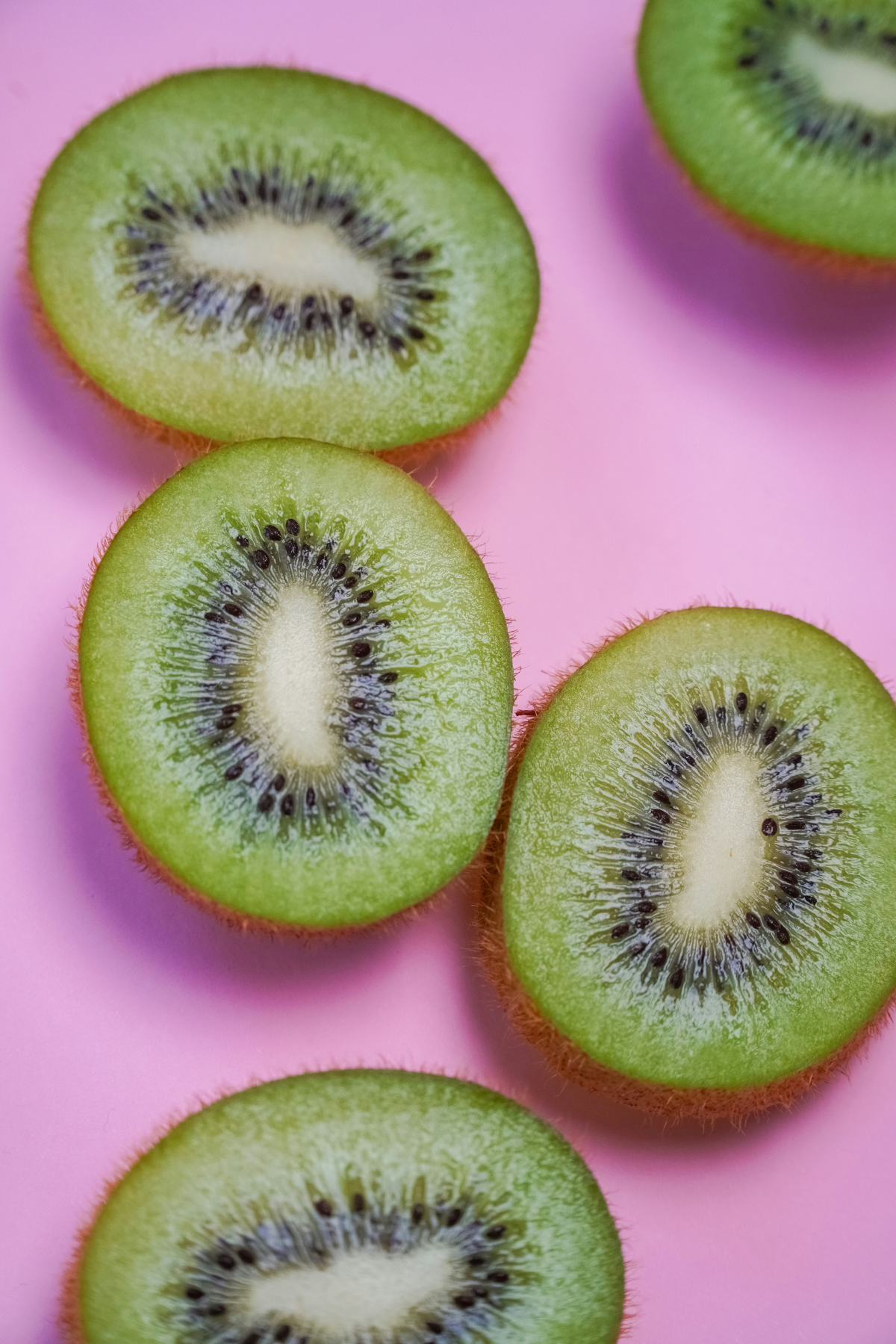
How to Store Fruit So It Doesn’t Die a Sad Death
You paid good money for that fruit; don’t let it go bad on the counter! Light, heat, and air are the enemies of precious nutrients like vitamin C. As a general rule, once a fruit is ripe, it belongs in your refrigerator’s crisper drawer. That little drawer is designed to maintain a bit of humidity, which keeps things from shriveling.
Heads up! Some fruits need to ripen on the counter first. This includes pears, avocados, and kiwis. And whatever you do, don’t store heavy ethylene-producers like apples and bananas next to your other produce unless you want everything to get old and spotty in a hurry.
A Quick Word on Washing
Organic or conventional, that’s your call. But my non-negotiable rule, born from years of food safety drills, is this: always wash your fruit. But do it right before you plan to eat it. Washing everything as soon as you get home can invite mold. A simple rinse under cool, running water with a gentle rub is usually enough.
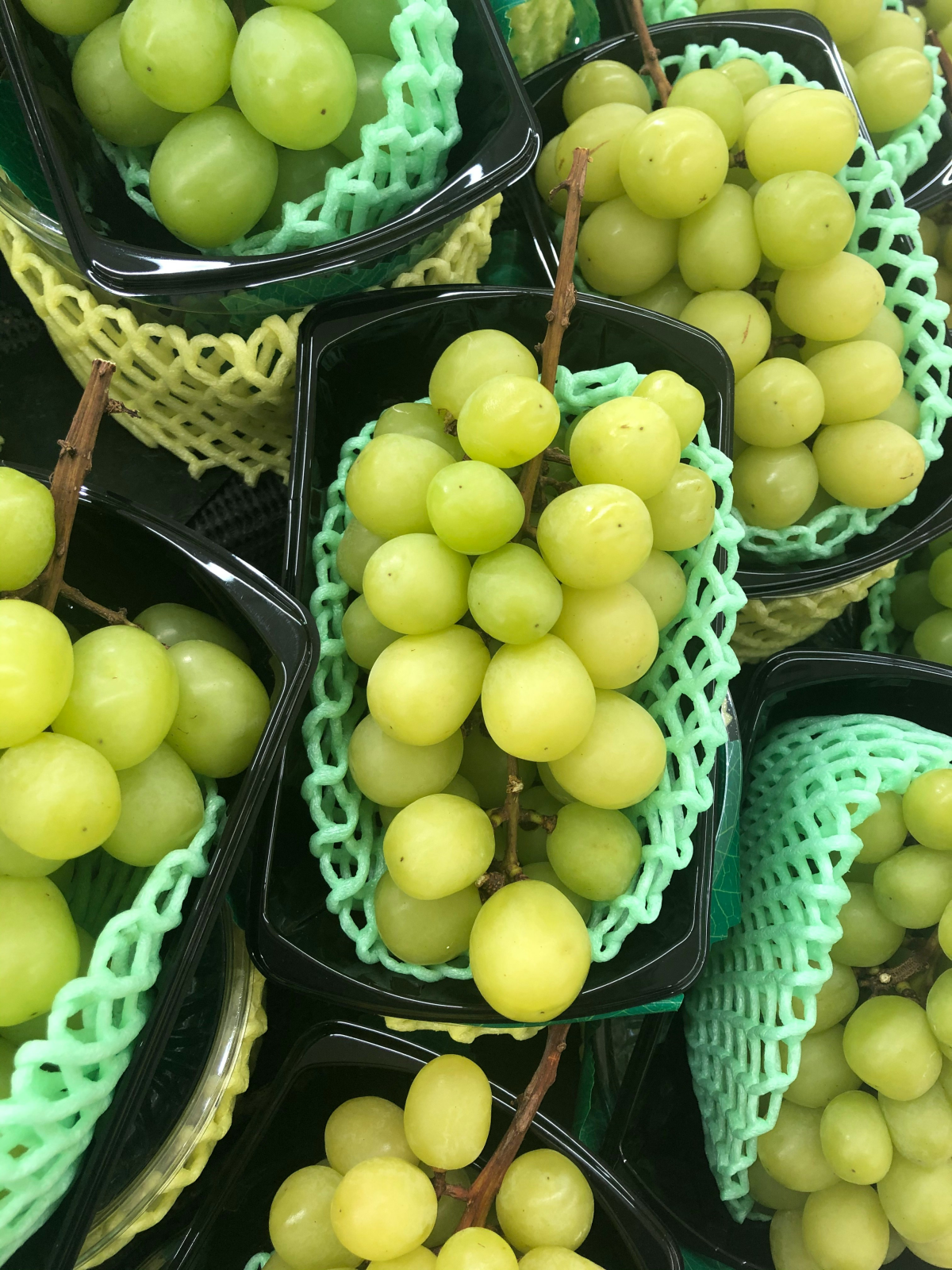
Oh, and for fruits with thick skins you don’t eat, like avocados or honeydew? Yes, you still need to wash the outside! Your knife can drag bacteria from the peel straight into the flesh when you slice it. It’s a simple step that makes a big difference.
The Green Fruit Lineup: A Pro’s Take
Alright, let’s get into the nitty-gritty. This is the kind of stuff I look for personally when I’m at the market.
Avocado: The Creamy, Pricey Superstar
Ah, the avocado. In my restaurant days, a perfect avocado was worth its weight in gold. A day too early, it’s a rock; a day too late, it’s a stringy, brown mess. They are famous for their healthy monounsaturated fats, the same kind you find in olive oil. And yes, they can be pricey—expect to pay between $1.50 and $3.00 for a good one, depending on the season and where you live.
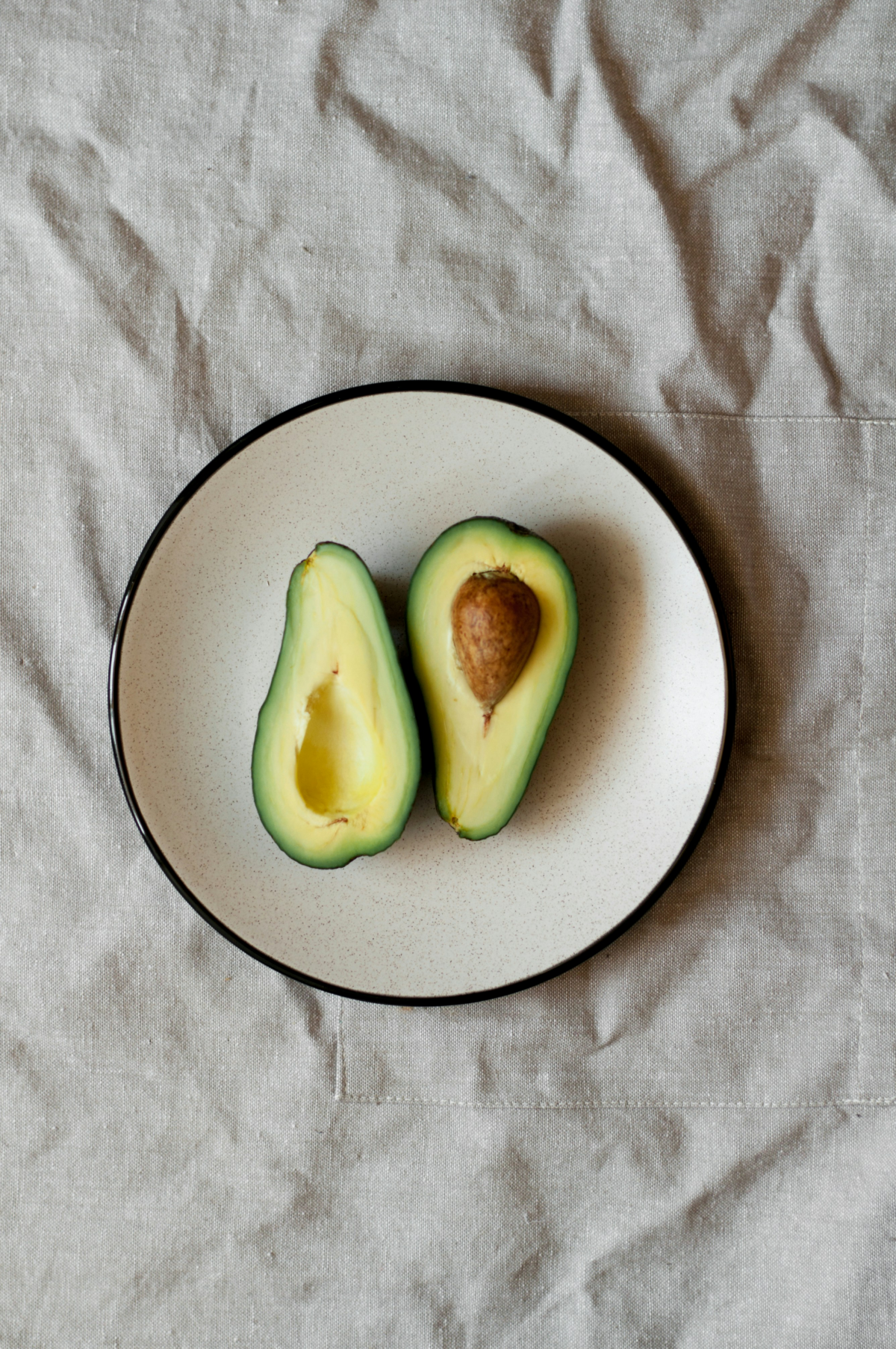
How to Pick a Winner: The common bumpy-skinned variety turns dark green or almost black when it’s ready. Don’t squeeze the whole thing—that just bruises it for the next person. Instead, gently press the little area right near the stem. It should give just a little. Pro tip: try to flick off the little brown stem cap. If it pops off easily and it’s green underneath, you’ve got a winner. Brown underneath? It’s already overripe. Won’t budge? Give it more time.
What about that other half? To store a cut avocado, leave the pit in the half you’re saving, brush the exposed green flesh with a little lime or lemon juice, and wrap it tightly in plastic wrap, pressing the plastic directly against the surface to block out any air. It’ll keep it looking fresh in the fridge for at least a day.
Rescue Mission! We’ve all done it. You cut into an avocado way too soon and it’s hard as a baseball. Don’t throw it out! Just brush both halves with lime juice, press them firmly back together, wrap the whole thing tightly in plastic, and stick it in the fridge. It won’t ever be perfectly creamy, but in a day or two, it will soften enough to be salvaged for slicing.
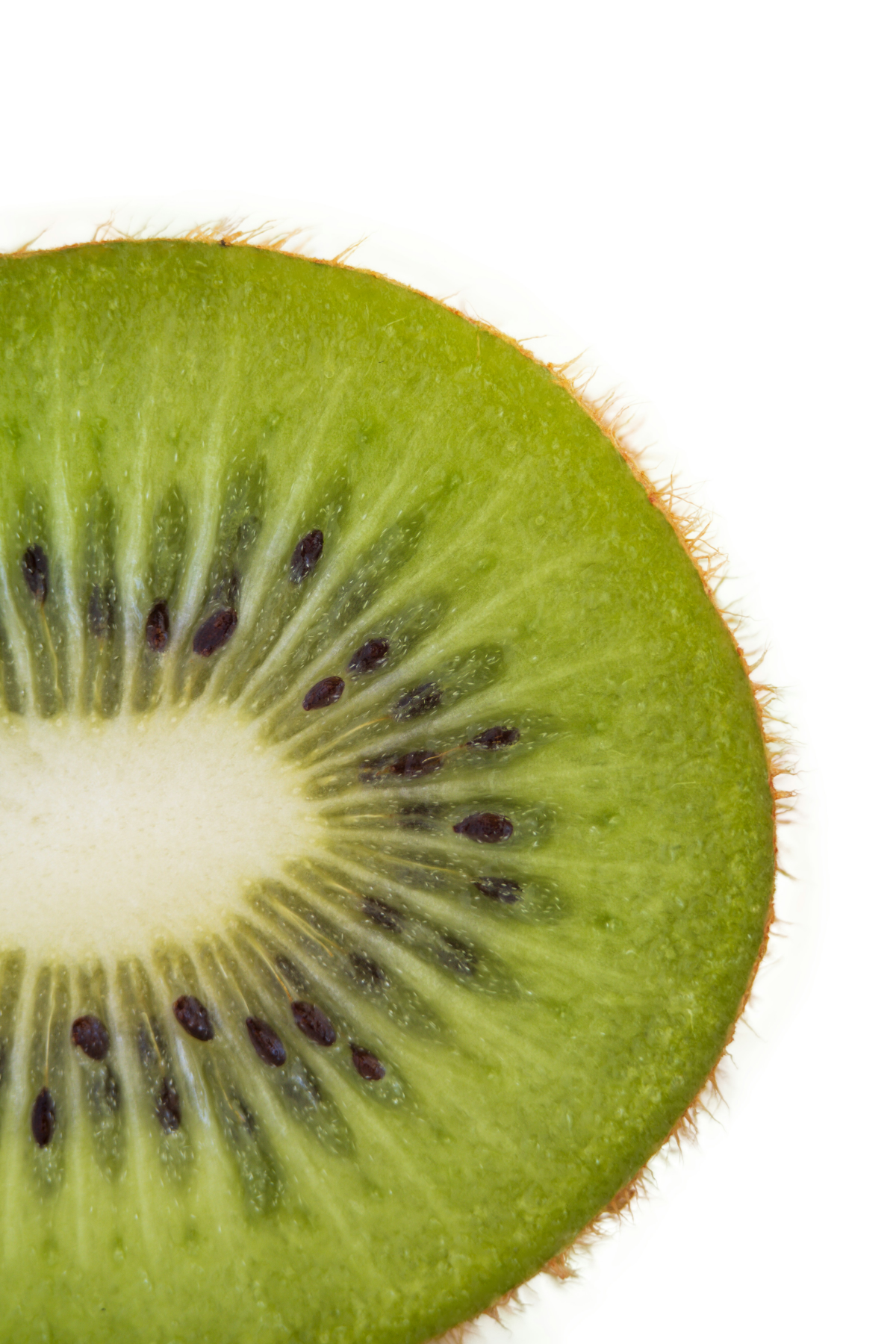
Kiwi: The Fuzzy Little Powerhouse
Kiwis are incredible. They pack more vitamin C than an orange and contain a special enzyme that helps break down protein, which is why eating one can actually help you digest a big meal. By the way, that same enzyme makes kiwi a fantastic natural meat tenderizer. Just mash one up and add it to your next marinade!
Selection & A Fun Trick: A ripe kiwi should yield to gentle pressure, kind of like a peach. You can keep them in the fridge for weeks. And get this: the fuzzy brown skin is totally edible and full of fiber. If you’re not into the fuzz (I get it), here’s a life-changing trick: just slice the kiwi in half horizontally and eat the inside with a spoon. It’s like a tiny, personal fruit bowl!
A quick warning for the bakers out there: because of that protein-destroying enzyme, you can’t use fresh kiwi in gelatin desserts like Jell-O. I learned that the hard way when an entire batch of panna cotta for a party turned into a sad, soupy mess. If you must use it, you have to cook the kiwi first to deactivate the enzyme.
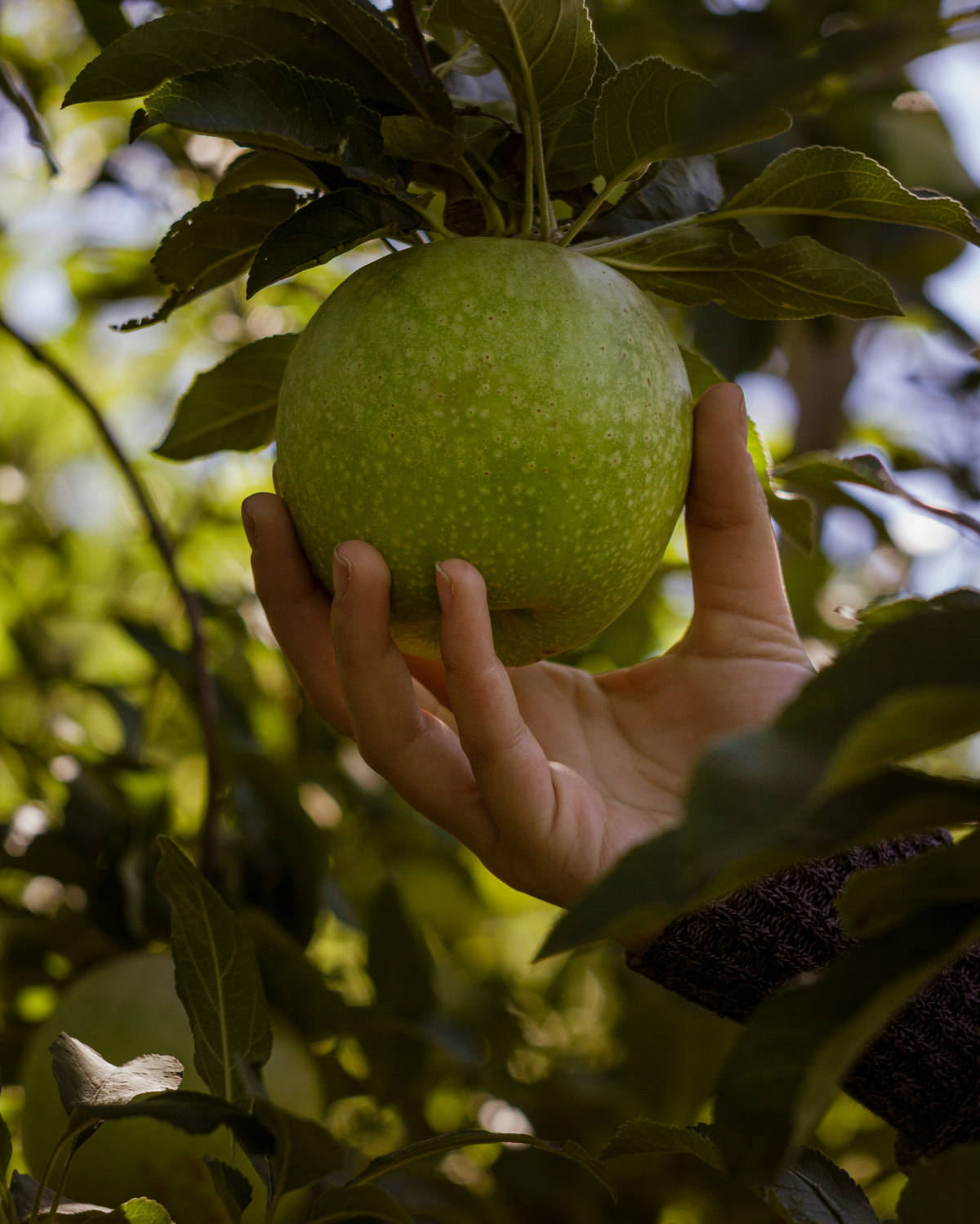
Green Apple: The Reliable Kitchen Workhorse
The classic tart green apple is a true kitchen hero. Its sharp tartness holds up beautifully in baking, so it won’t turn into bland mush in a pie. That tartness also means it has a lower glycemic index than sweeter apples, so it raises your blood sugar more slowly. A green apple with a spoonful of peanut butter is my go-to snack for sustained energy without the sugar crash.
Stopping the Brown: The biggest problem with cut apples is that they turn brown so fast. This is just a natural reaction to oxygen. The easiest fix? A squeeze of lemon or lime juice. The acid stops the reaction in its tracks. If you’re slicing up a bunch for a platter, you can soak them for a few minutes in a bowl of cold water with a pinch of salt. Just give them a quick rinse before serving.

Green Grapes: Nature’s Hydrating Candy
Grapes are basically little water balloons, making them a great snack for hydration. Look for grapes that are firm and attached to a flexible green stem. Brittle brown stems mean they’re old. See that dusty white coating on them? That’s called the “bloom,” and it’s a great sign! It’s a natural protective layer, which means the grapes haven’t been handled too much. Store them unwashed in the fridge in a vented bag.
Next-Level Grape Tricks: Try freezing them! They are an amazing summer treat on their own. Or, use them as ice cubes in sparkling water or white wine. They’ll chill your drink without watering it down. For a savory twist, try roasting green grapes with chicken or pork—the heat makes them intensely sweet and jammy.
Lime: The Acidic MVP
Limes are essential. A splash of lime juice can brighten up a heavy soup, balance the sweetness in a dessert, or even “cook” fish for ceviche. They’re a budget-friendly hero, too, often costing less than a dollar each.
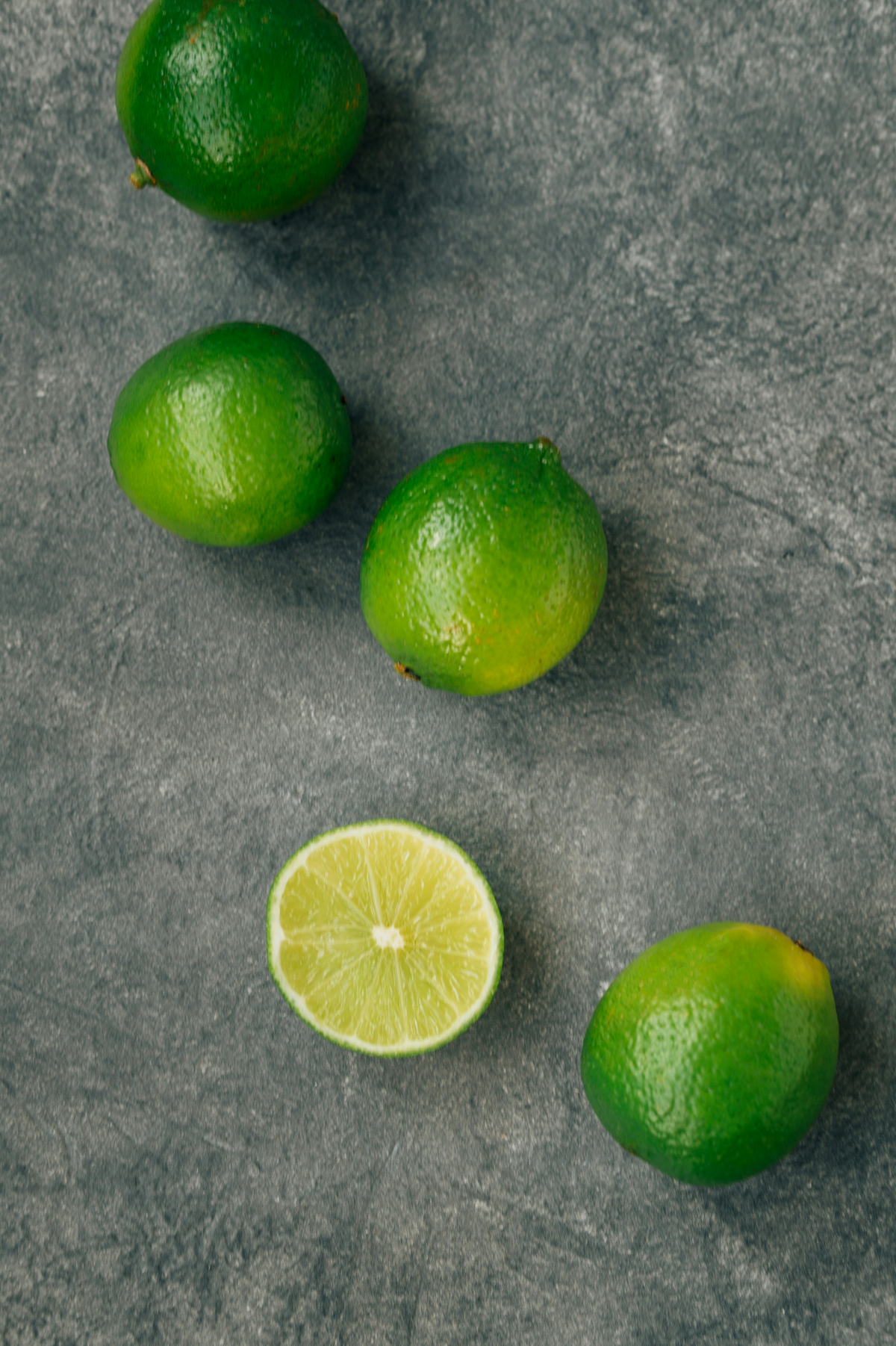
Get All The Juice: Choose limes that feel heavy for their size. To get every last drop of juice, make sure the lime is at room temperature and then roll it firmly on the counter under your palm before you cut into it. You’ll be shocked at how much more juice you get. Your quick win for the day: try this trick and see for yourself!
Safety First: Be careful if you’re squeezing limes and then going out in the sun, like when making margaritas on a patio. A chemical reaction on your skin can cause a nasty rash or dark spots that look like a weird sunburn. I’ve seen it happen! Always wash your hands well after handling lime juice if you’ll be in the sun.
Green Pear: A Lesson in Patience
Most green pears are picked when they’re mature, but not yet ripe. They must be ripened on your counter at room temperature. A pear that isn’t ripened properly is mealy and tasteless. But a perfect one? It’s buttery, juicy, and sweet.
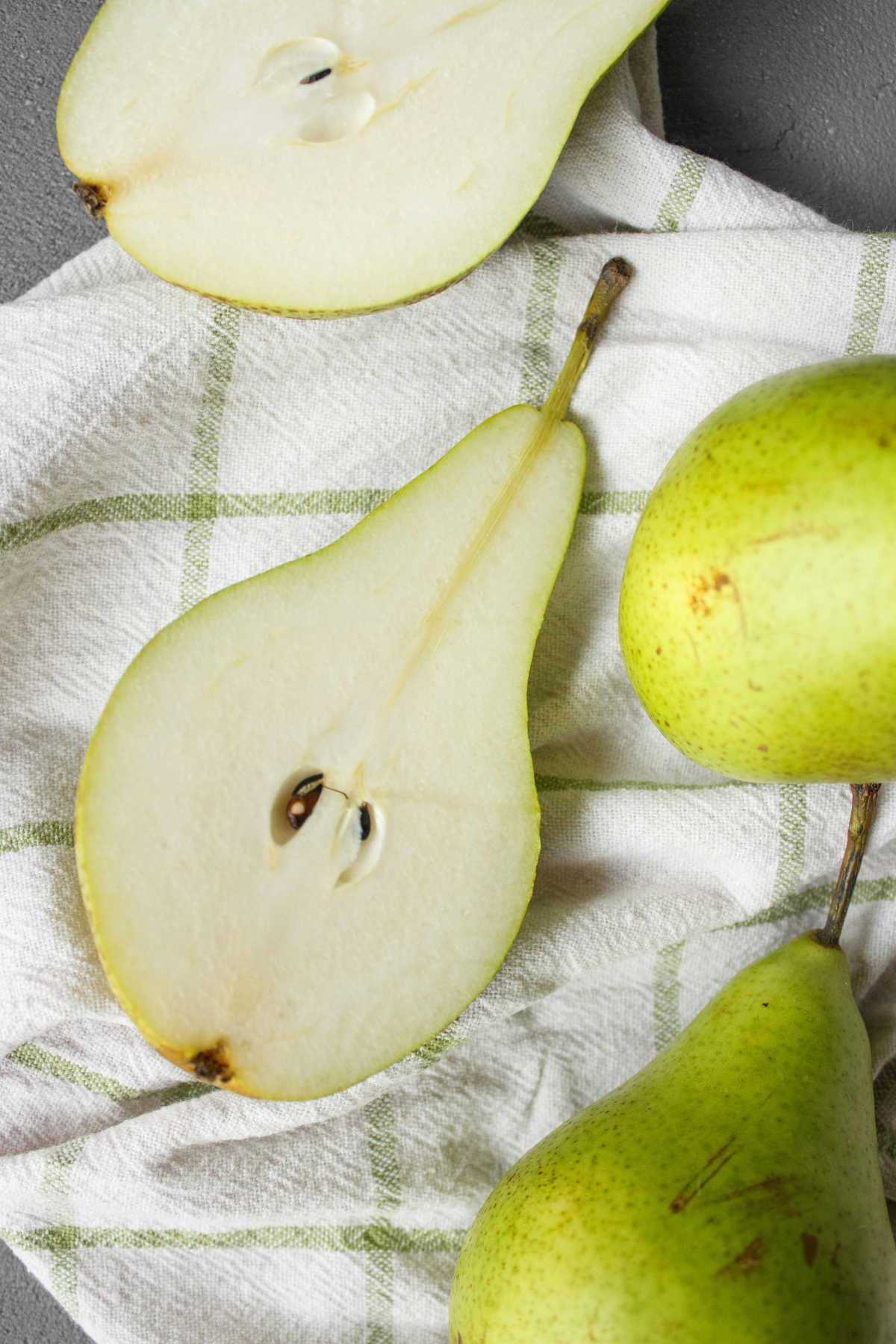
The Secret: Check the Neck. Don’t wait for the whole pear to feel soft—by then it’s too late. To see if it’s ready, apply gentle pressure with your thumb to the neck, right by the stem. If it gives a little, it’s perfect. The body will still feel firm. Once it’s ripe, you can pop it in the fridge to make it last a few more days.
Honeydew Melon: Underrated and Often Misunderstood
Honeydew gets a bad rap as boring fruit-salad filler, but that’s only because most of the time it’s picked way too early. A truly ripe honeydew is incredibly fragrant and sweet. The secret is that melons don’t get sweeter after they’re picked. They’ll soften, but the sugar level is locked in at harvest. I learned that the hard way after buying a case of green-tinged honeydews for an event, assuming they’d ripen. They never did. It was an expensive mistake!
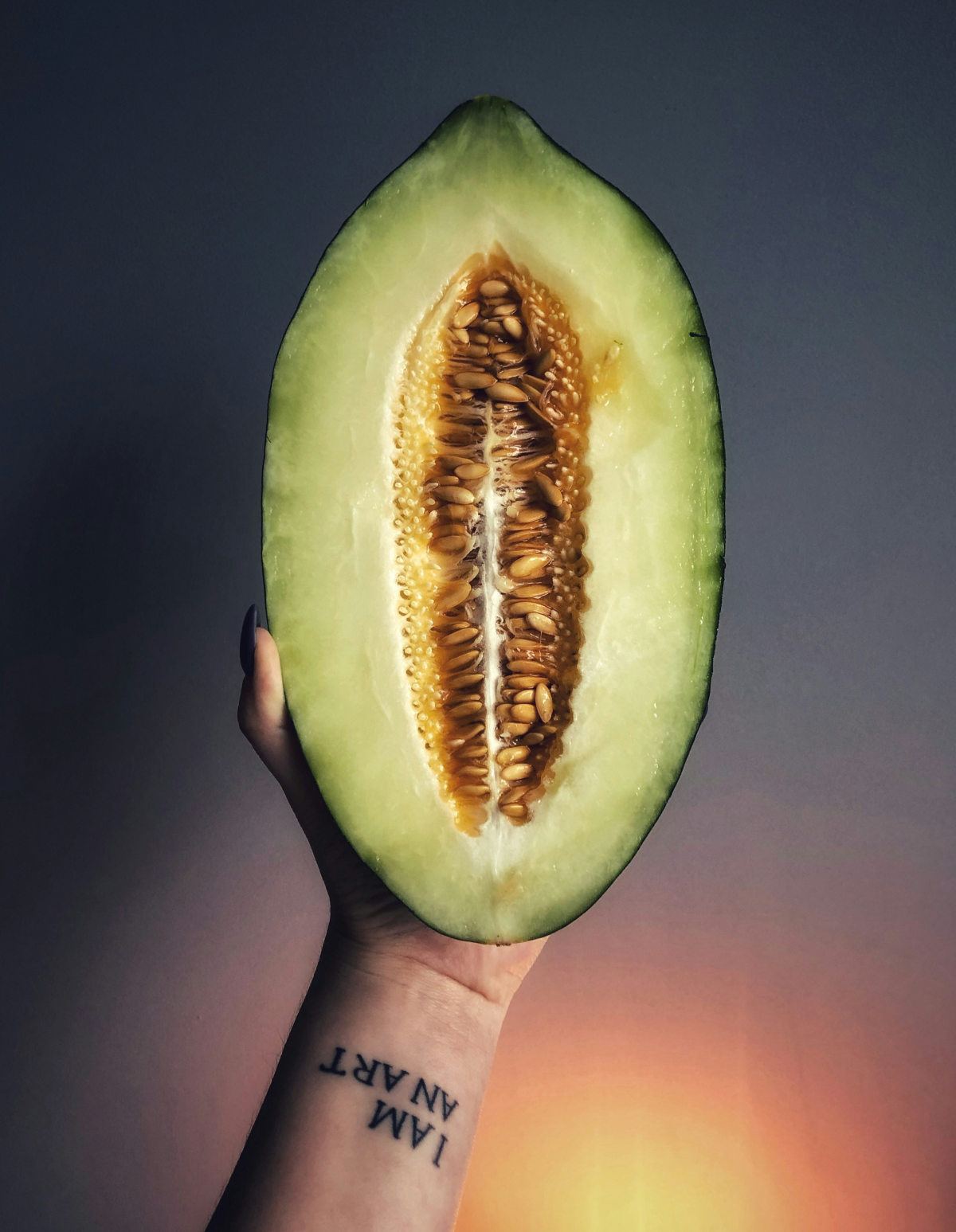
How to Pick a Good One: Don’t focus on the color. A ripe one will have a creamy, yellowish-white rind, not a pale green one. It should feel heavy for its size. The real tell is the blossom end (the spot opposite the stem). It should be a little soft and springy when you press it, and you should be able to smell a faint, sweet scent.
Diving a Little Deeper: Specialty Greens
Feeling adventurous? These fruits are worth seeking out.
Green Banana: This isn’t just an unripe banana; it’s a starchy vegetable powerhouse, popular in Caribbean and African cooking. It’s loaded with resistant starch, which is amazing for your gut health. You have to cook them, but first, you have to peel them—and they’re tough! Here’s how: Cut off both ends. Score the peel lengthwise down the ridges in a few spots, being careful not to cut too deep. Then, use your thumb or a dull knife to pry off the peel sections, doing it under running water helps with the sticky sap.
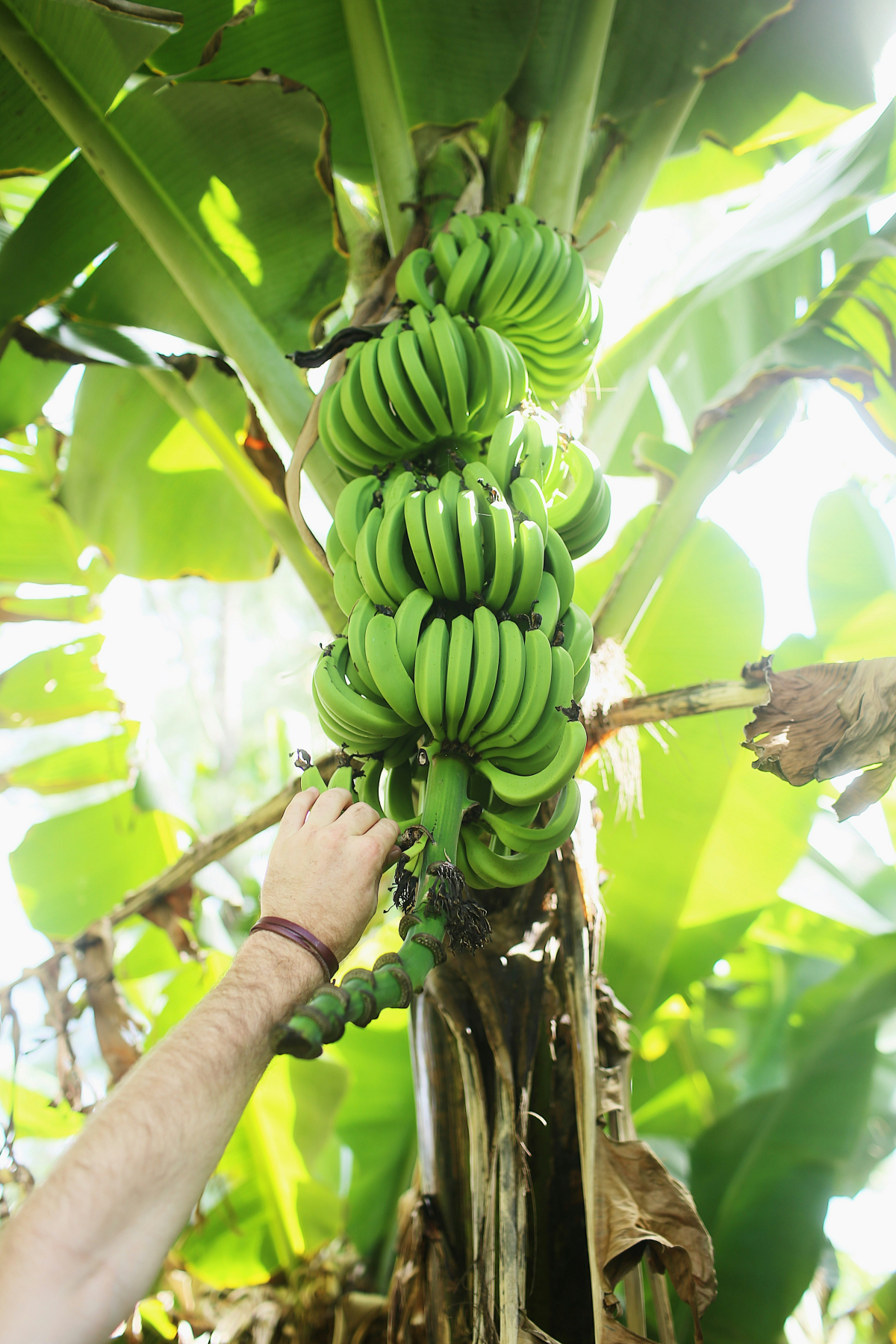
Guava: This tropical fruit is a vitamin C bomb and smells incredible. The whole thing is edible, seeds and all. A ripe one feels soft to the touch and will make your whole kitchen smell like a vacation.
Starfruit (Carambola): While beautiful, this one comes with a CRITICAL alet. It contains a neurotoxin that is harmless to people with healthy kidneys. However, for anyone with kidney problems or a history of kidney disease, even a small amount can be extremely dangerous. Please, if you have any kidney issues, avoid this fruit completely. This is a serious safety warning.
Final Thoughts From My Kitchen to Yours
Learning about food is a hands-on journey. Be curious. Pick up a weird-looking fruit at the store. Take it home and experiment. So what if you end up with a mushy pear or a bland melon? That’s not a failure, it’s a lesson. Over time, you’ll build your own internal encyclopedia of what a perfect avocado feels like or what a ripe honeydew smells like. And that, my friends, is how you become a better, healthier, and more confident cook.
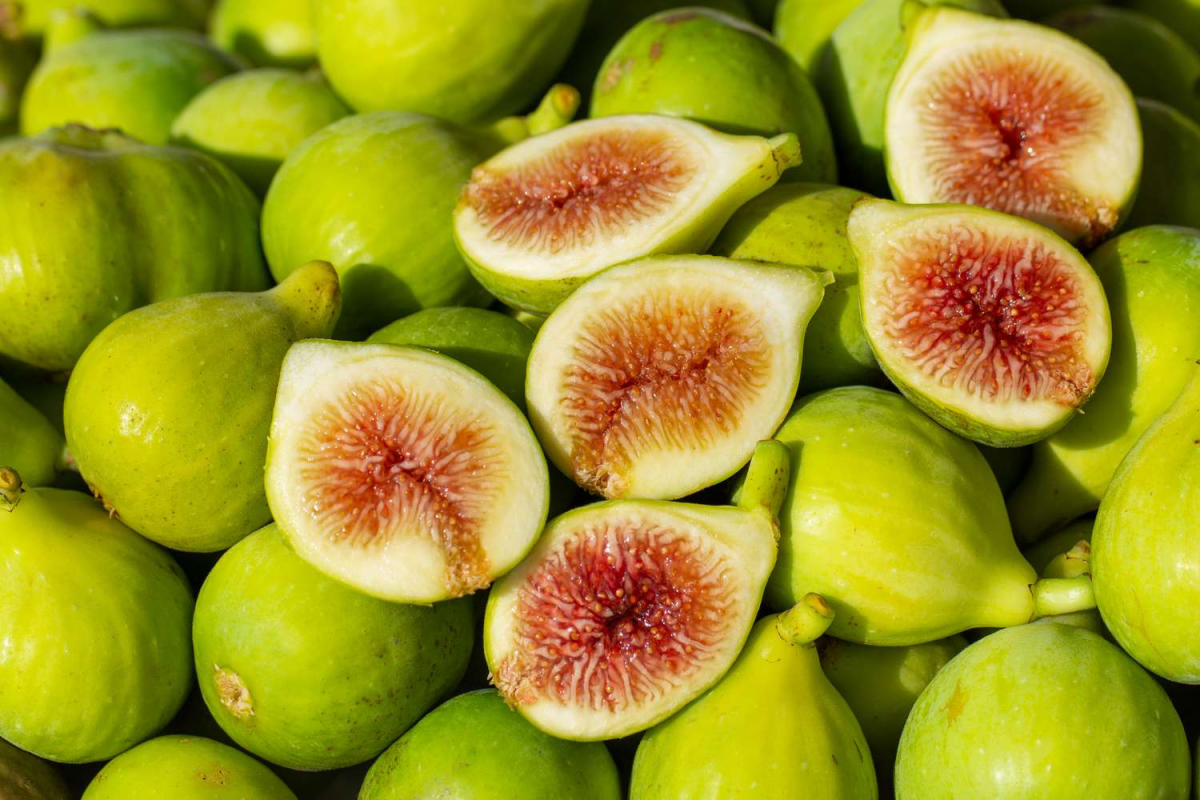
Disclaimer: This article provides general information based on professional culinary experience. It is not a substitute for medical advice. If you have a serious health condition, like diabetes or kidney disease, please consult with your doctor or a registered dietitian before making big changes to your diet.
Galerie d’inspiration
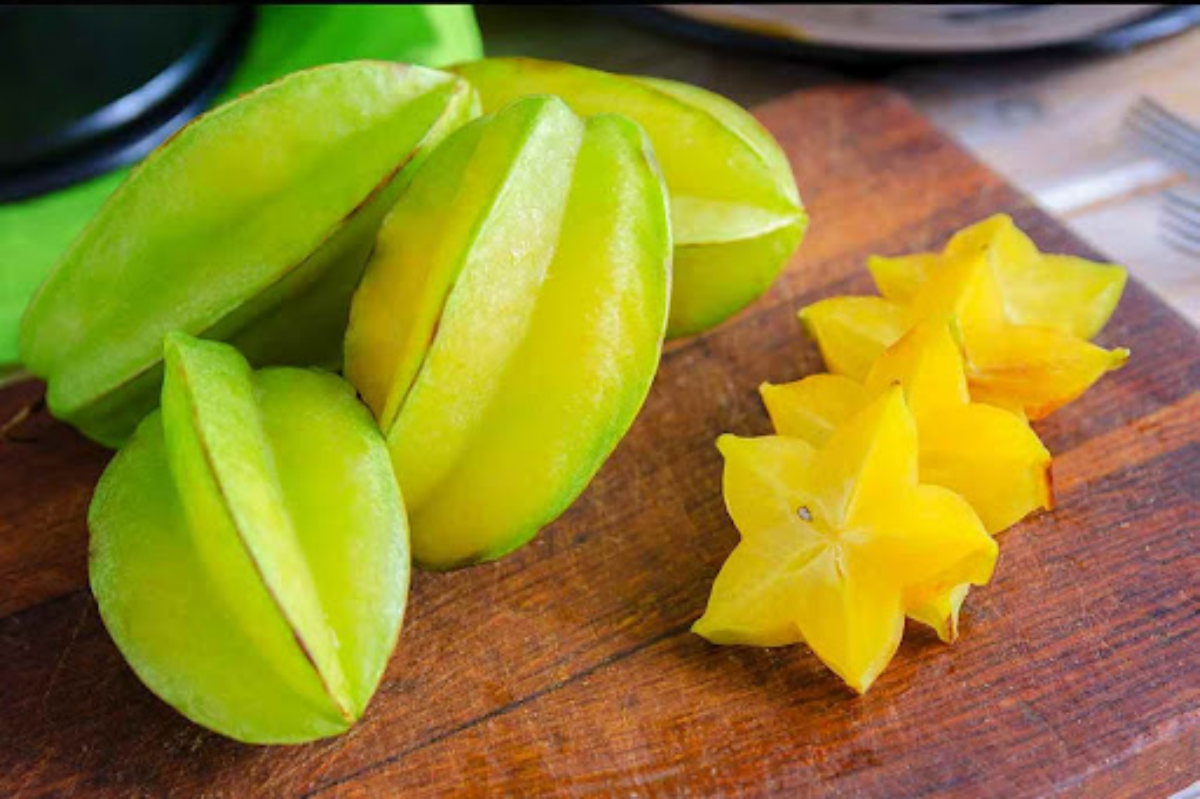
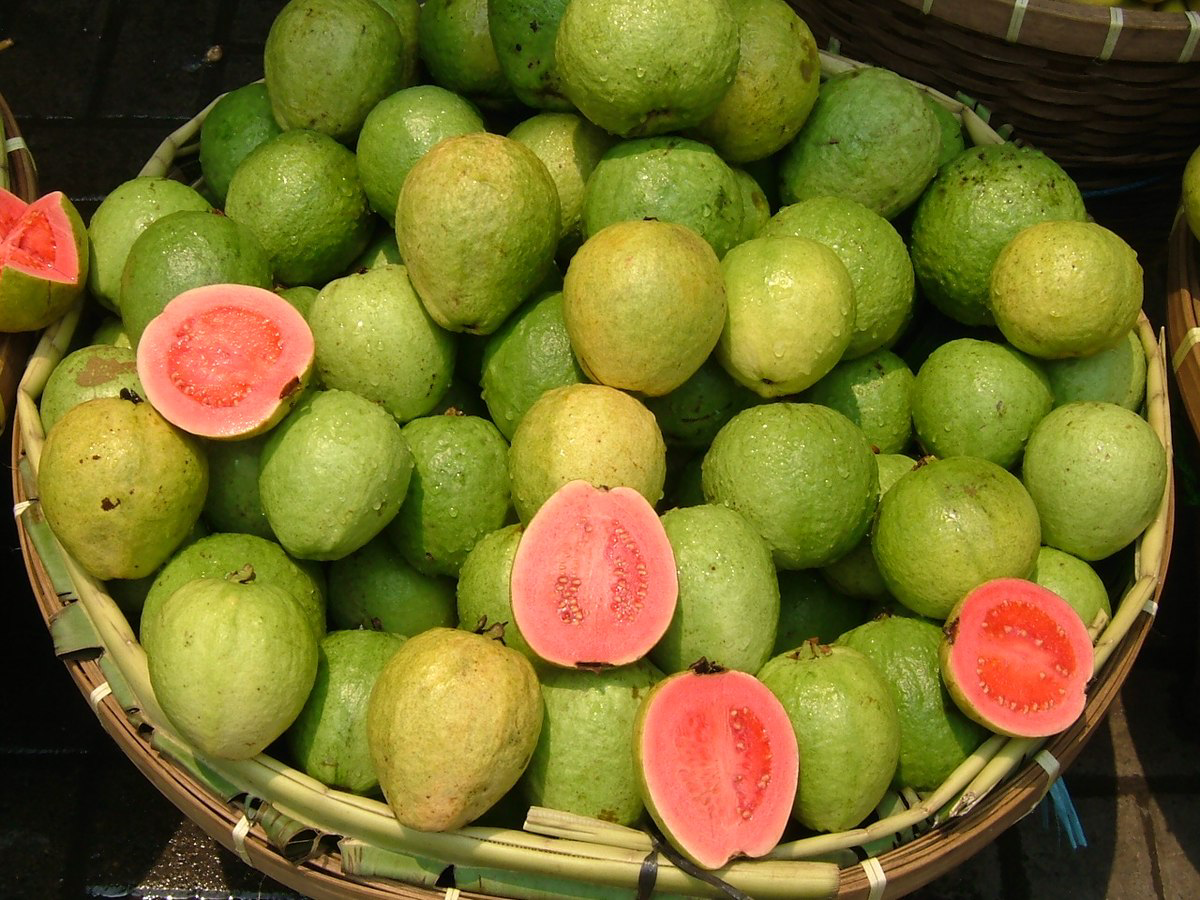
That rock-hard avocado won’t be ready for days, but the slightly soft one might be brown inside. What’s the secret to picking one that’s perfect *today*?
Forget squeezing the whole fruit, which can cause bruising. Instead, focus on the small stem nub at the top. Try to gently flick it off with your thumb. If it comes off easily and you see a vibrant green underneath, that Hass avocado is ready for your toast right now. If it won’t budge, it needs more time. If it comes off and reveals a brown or blackish color, the fruit is already overripe and likely has dark spots inside. It’s the most reliable test in the produce aisle.
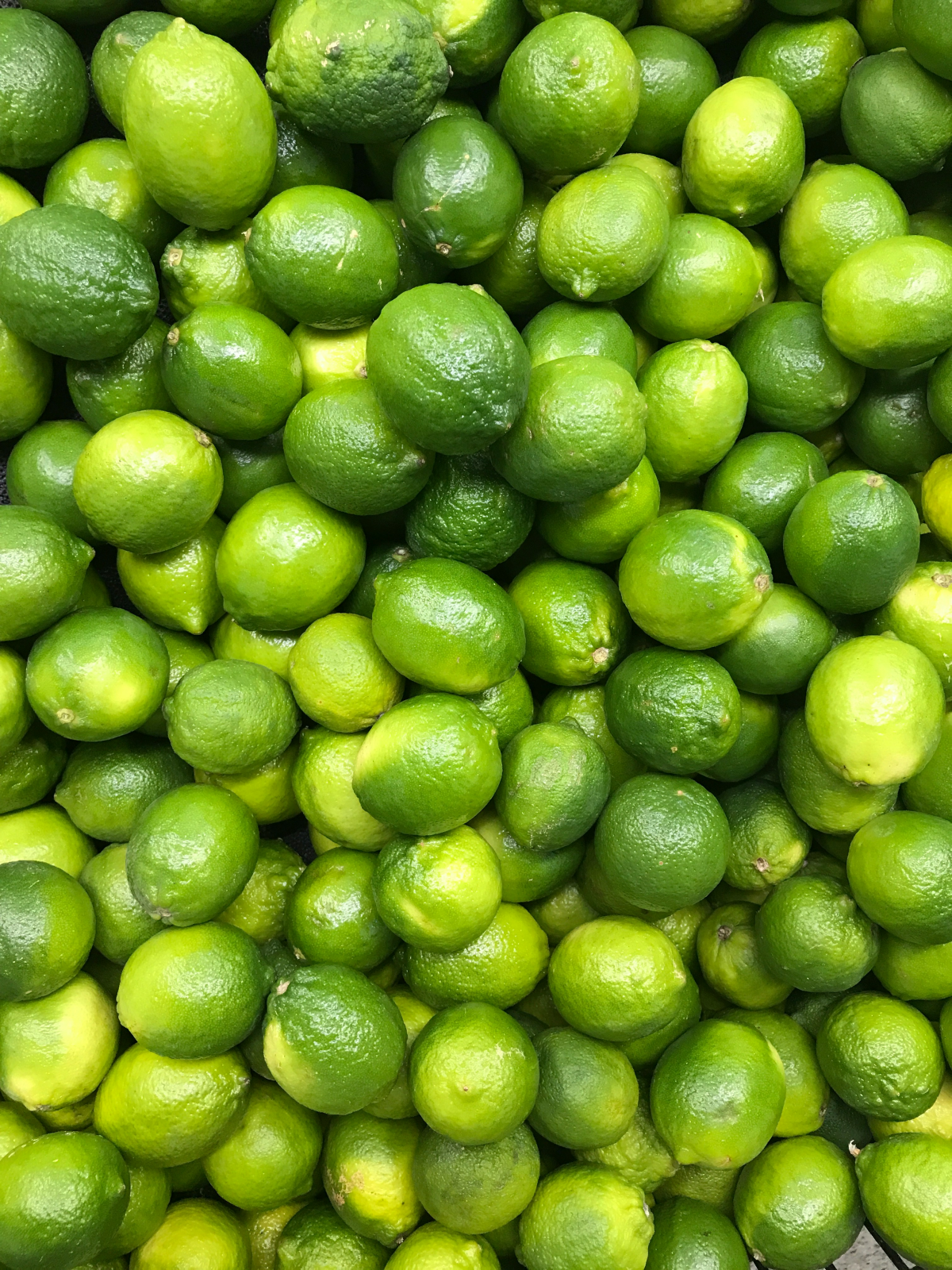
Nearly 80% of all limes grown in the United States come from a single state: Florida.
This massive production highlights the fruit’s versatility. The two most common varieties you’ll encounter are the small, aromatic Key lime (Citrus aurantiifolia), essential for a classic Key lime pie, and the larger, tarter Persian lime (Citrus latifolia), which is the standard, seedless variety you’ll find in most grocery stores for garnishes and drinks.
Green Grapes: Not just for snacking. Their firm texture and mild sweetness hold up beautifully to high heat. Try roasting them with chicken or pork; they become jammy and caramelized, adding a surprising burst of flavor.
Green Pears (like D’Anjou): Their dense, crisp flesh is perfect for poaching. Simmer them in white wine, cinnamon, and a touch of honey for an elegant dessert that maintains its shape and offers a sophisticated, subtle sweetness.










